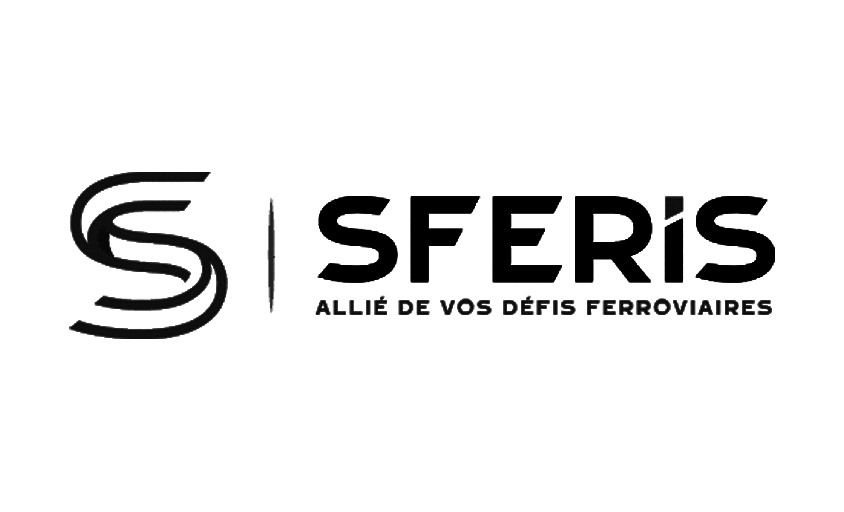The Video and Photo Color Grading Specialist: The Job
In this article :
Color grading is a crucial step in image post-production, whether for photography or video. The color grading specialist, or colorist, is responsible for managing colors and lighting to optimize the image’s appearance, adjust its tone, and create a specific atmosphere. They work closely with the photographer, videographer, and director to ensure the final image matches the artistic vision of the project.
This article explores the profession, missions, and skills of the color grading specialist within photographic and video projects.
1. What is a Video and Photo Color Grading Specialist?
The color grading specialist is the professional tasked with adjusting the color, brightness, and contrast of images after capture. In both photography and video, color grading involves making subtle modifications that affect the image’s atmosphere by adjusting tones, saturation, color temperature, and light balance.
Successful color grading not only improves the technical quality of the image but also adds an artistic dimension, creating a mood that enhances the visual message. This is especially important in fields such as fashion photography, advertising, or cinema, where visual impact must be striking and precise.
2. The Missions of the Color Grading Specialist
Color correction
The primary role of the color grading specialist is to perform color correction. This means ensuring the image faithfully reflects reality in terms of colors and brightness. Correction balances colors, adjusts contrast, and fixes any imperfections caused by lighting or the cameras used during shooting.
Creating color and mood
Color grading goes far beyond correction. The specialist plays an artistic role by creating a specific visual mood (warm, cold, dark, or bright) according to the project’s vision. By manipulating white balance, color saturation, or shadow intensity, grading enhances the emotion conveyed by the image.
Image consistency
When producing visual content, multiple devices (different cameras or lenses) are often used. The color grading specialist ensures consistency across images from these devices so that transitions between shots are smooth and homogeneous. They make sure all images maintain the same quality regardless of the equipment.
Preparing images for final formats
Color grading is also vital to prepare images for export in the project’s final format. Depending on distribution channels (web, TV, cinema, etc.), the specialist adapts colors and contrasts so the image looks optimal across all media. This also includes optimizing images for print, such as photos used in advertising campaigns or brochures.
3. Skills Required to Become a Color Grading Specialist
Mastery of grading software
The color grading specialist must be proficient with specialized software like DaVinci Resolve, Adobe Premiere Pro, or Final Cut Pro, which allow working on colors, tones, and lighting. These tools provide options for adjusting colorimetry, adding filters, and creating specific looks. Mastery of correction curves and color modes is essential for precise work.
Artistic sense of color and light
An excellent artistic understanding of color is crucial for creating impactful, coherent images. The specialist must have an aesthetic sensitivity to grasp the photographer’s or director’s intent and make the necessary adjustments to amplify that vision.
Technical skills in video and photography
A strong technical foundation in video and photography is needed to understand lighting and image capture issues. The specialist must identify problems like poor lighting or underexposed images and apply corrections to achieve optimal results.
Patience and precision
Color grading is a meticulous process requiring great attention to detail and patience. Each adjustment must be carefully made to avoid degrading image quality. The specialist must also be able to step back and evaluate modifications as a whole, avoiding overloading the image with effects.
4. Color Grading in the Creative Process
Color grading is one of the final stages of a visual production but plays a central role in the project’s final look. Although the photographer or director defines the initial vision, grading transforms raw footage into a coherent, professional work. At Rétines, we understand the importance of grading in creating a unique, high-quality visual atmosphere.
Whether for product photos in the studio, outdoor reports, or advertising campaigns, good color grading enhances the image and ensures it conveys the desired emotion or message.
5. How to Become a Color Grading Specialist?
Specialized education and training
There are training programs in cinema, photography, and post-production that specialize in color grading. Design schools, film institutes, and online courses offer programs covering basic and advanced grading techniques.
Practical experience and portfolio development
As with many creative professions, practical experience is essential for mastering color grading. Working on diverse projects builds expertise and a solid portfolio. This can include collaborating with photographers or videographers, managing personal projects, or internships in post-production studios.
Networking and collaboration
Building visibility in the color grading world also requires showcasing one’s work. Attending industry events, collaborating with other professionals, and joining specialized grading communities are effective ways to network and gain opportunities.
Conclusion
The video and photo color grading specialist is a fundamental player in creating visual images. Their work correcting and enhancing colors and light transforms raw images into cohesive, aesthetic works. At Rétines, we know that color grading is crucial for producing powerful visuals, and we surround ourselves with qualified professionals to guarantee exceptional results on every project.
Jérémy Carlo is the editorial director at Rétines, where he ensures the consistency and clarity of all content produced by the studio.
Our Clients
Let’s discuss
What we do for you at Rétines
Meticulous work, an organised project and fast delivery. And to achieve this, we mobilise the right resources in our teams at the right time.
01
Pre-production
Artistic and technical direction tailored to the project.
Relevant recommendations on content, form and resources.
02
Photo Shooting
Photos taken by our experienced photographers.
Production that’s controlled, efficient and tailored to the needs of the project, with nothing superfluous.
03
Retouching
Technique
Photographs magnified by our retouching team.
Post-production to meet the commercial challenges of the brief.












